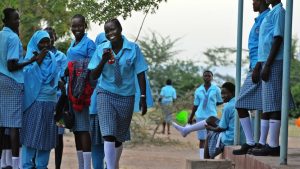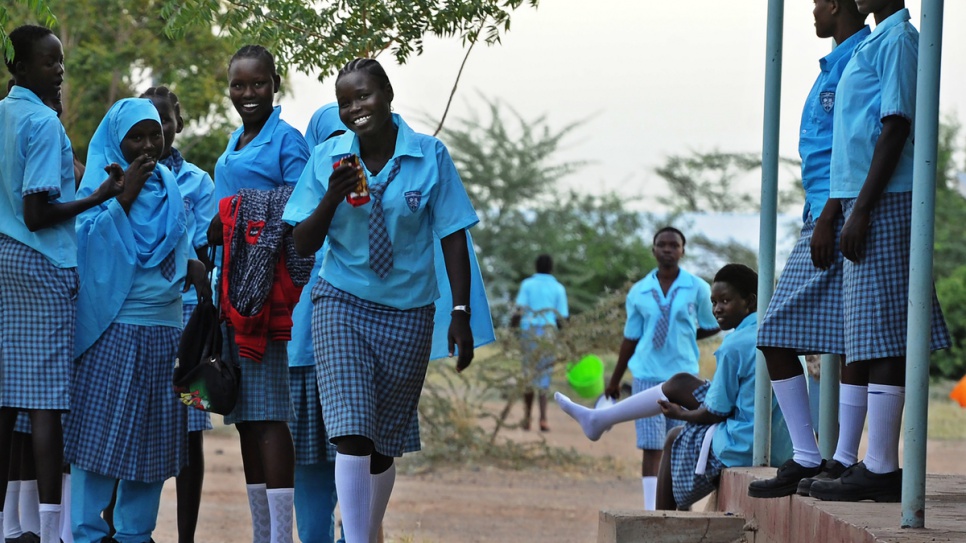Girls did better than their male counterparts in general performance in the 2016 Advanced Level examinations, results released by the Ministry of Education yesterday show.
Out of 36,916 candidates who passed exams to join tertiary education, 19,374 (representing 52.5 per cent) are girls, according to the results.
The general pass rate for 2016 results improved by 0.3 per cent from 89.2 per cent in 2015 to 89.5 per cent.
The results also show that there was a general decline in performance of boys, from 48.1 per cent in 2015 to 47.5 per cent.
General performance of girls improved from 51.9 per cent the previous year to 52.5 per cent.
However, when it comes to having best performance in specific details, boys outclassed girls. Out of 21 best candidates in science combinations, only three are girls.
About 10 girls feature among the best 43 candidates in arts combinations, while only one girl is among the best six candidates in language combination.
Up to 41,240 candidates sat A-Level exams in 2016, including 22,381 girls.
At least 792 were private candidates.

The figure shows a slight decrease of about 2.3 per cent in the number of candidates who sat the national examination in 2016 compared to the previous year (42,111 candidates).
There was a general decrease in the number of both male and female candidates who sat Senior Six examinations compared to 2015.
While presenting the results in Kigali, the State Minister for Primary and Secondary Education, Isaac Munyakazi, explained that the decrease was due to the government policy of encouraging more students to join vocational institutions.
“We are seeing the number of students who join vocational institutions increasing time and again. This is really good, since the government policy is to encourage skills development.
“This shift from general education to vocational training is something we encourage. We want a mindset change, right from parents and guardians to other stakeholders, including media; encouraging young people to get to know that vocational training is actually a better option as regards national development agenda and high chances of job opportunities and job creation,” Munyakazi said.
Under the Technical and Vocational Education and Training (TVET) programme, students are encouraged to join as soon as they complete O-Level.
There was also a notable increase of about 0.2 per cent in the number of private candidates who sat the national exams in 2016 as compared to 2015.
Responding to the question as to why the Ministry of Education no longer ranks schools, Munyakazi said that stakeholders are due to come up with a new criteria to grade best performing schools “based on different benchmarks, and not just examination results.”
“We want to come up with a unique way of ranking schools based on discipline, hygiene, teachers’ performance and, if necessary, examination performance. This is something we are working on and we will send the criteria to all schools and allow them to incorporate it in the system this academic year.”

